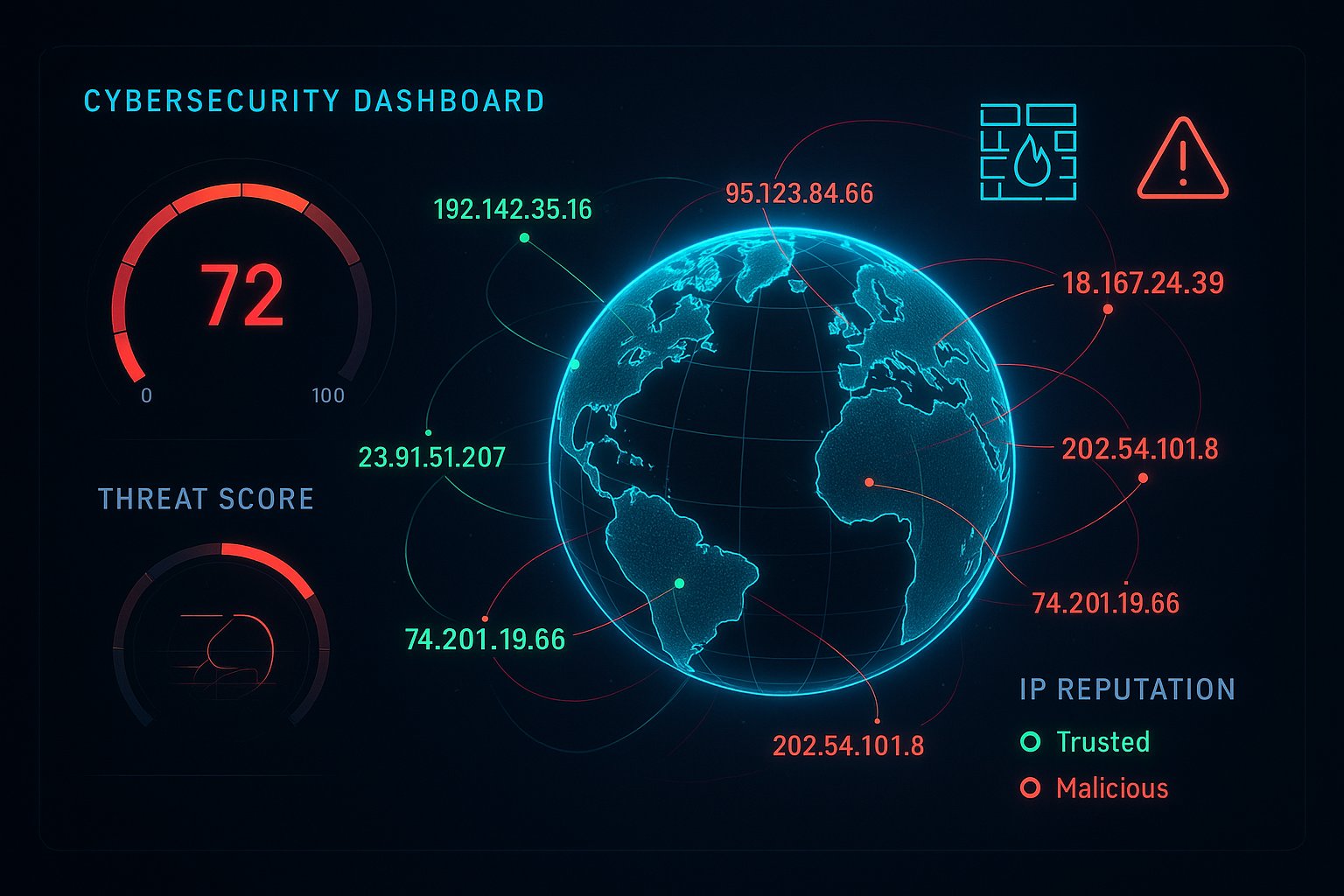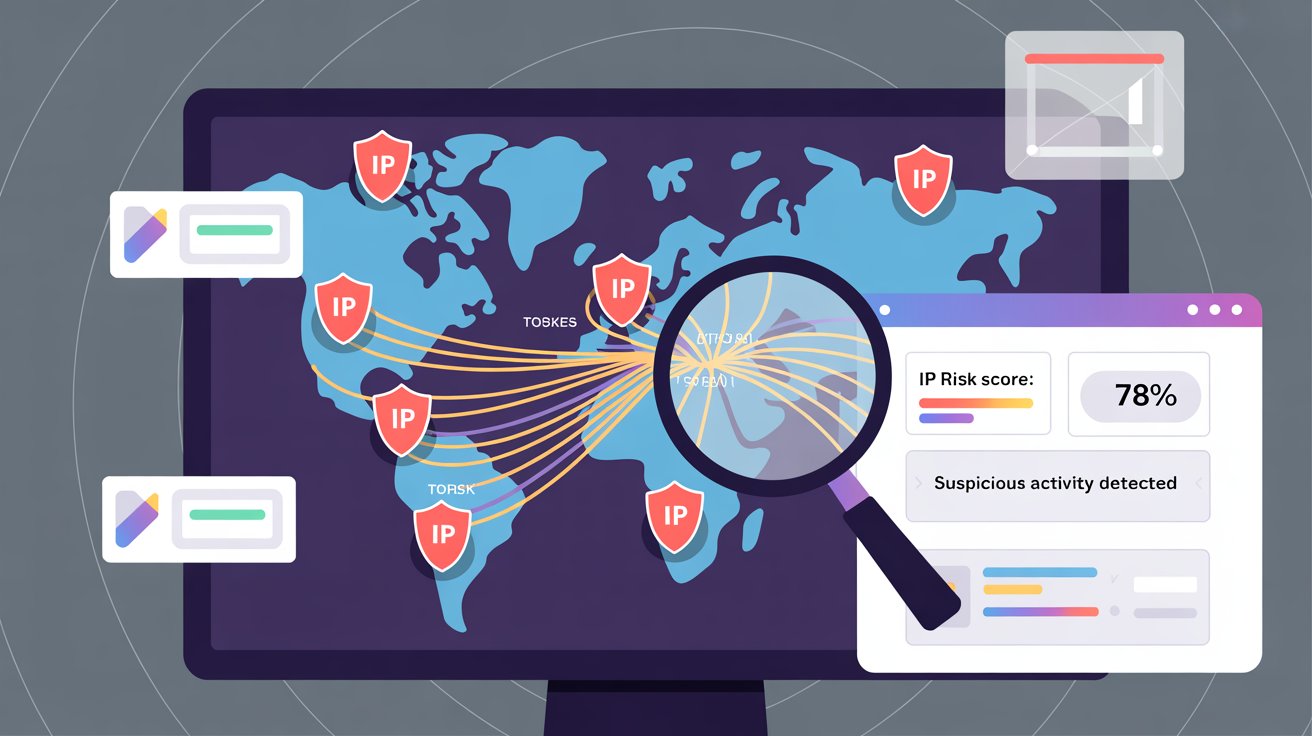If you run a digital business—whether it’s an online store, a SaaS platform, or a content site—you’re in the crosshairs of online fraudsters. These aren’t amateurs with basic tricks. They’re using VPNs, proxies, bots, and fake accounts to slip past your security. This isn’t just annoying. It’s expensive. Fraud can eat into your revenue, damage your reputation, and create headaches for your team. That’s where a proxy detection API comes in.
Let’s break down what it does, why it matters, and how you can use it to keep fraud at bay.
What Is a Proxy Detection API?
In simple terms, it’s a tool that helps you spot people trying to hide their identity online. It checks whether someone is connecting through:
- A proxy server (residential, datacenter, etc.)
- A VPN
- The TOR network or other anonymizers
It looks at the user’s IP address and runs checks behind the scenes—like where the IP is located, whether it’s been flagged for abuse before, and whether the behavior matches that of a real person.
Then, it gives you a fraud score and other details so you can decide what to do: let them in, ask for more verification, or block them entirely.
Why You Should Care About Proxy Detection
Fraudsters don’t knock on the front door. They sneak in through the side window. Most of the time, they’re using tools that help them avoid detection—especially proxies and VPNs.
Here’s what can go wrong if you’re not watching for this:
- Fake signups that bloat your database and waste resources
- Stolen credit card transactions that lead to chargebacks
- Bots that scrape your content, flood your forms, or hammer your login pages
- Spam accounts that mess up your email deliverability
- Abuse of free trials or referral programs, which costs you money
You don’t want to over-police every user. But you do want a way to flag the sketchy ones.
That’s exactly what proxy detection helps with.
How It Works (Without the Tech Jargon)
Let’s say someone visits your site. Here’s what happens behind the curtain if you’re using a proxy detection API:
IP Geolocation Check
The system looks at where the IP is located. Is the user’s location consistent with past visits? Are they using a known hosting service? Does the country match their billing info?
Proxy/VPN/TOR Detection
The API checks whether the IP belongs to a known VPN provider, public proxy, or TOR exit node. If so, that’s a red flag.
Risk and Reputation Score
It looks at the IP’s history. Has it been used for fraud, spam, or abuse? If yes, it gets a higher fraud score.
(Optional) Device & Email Fingerprinting
Some tools go a step further and track the user’s device or email patterns. If someone signs up with 10 different accounts from the same browser and IP, that’s suspicious.
Real-Time Results
You get a score and some supporting data—fast. Usually under 50 milliseconds. That’s quick enough to use at login, signup, or checkout without slowing anything down.
What You Can Do With That Info
Here’s how real businesses use proxy detection APIs every day:
Clean Up Fake Accounts
If you run a SaaS or community platform, you don’t want fake profiles. They hurt your data, your email deliverability, and your credibility. Proxy detection helps block the obvious fakes early.
Catch Fraud at Checkout
E-commerce businesses deal with stolen credit cards more than they’d like to admit. If someone’s using a VPN and a high-risk IP, that’s worth a closer look before processing the transaction.
Stop Bots Before They Wreck Stuff
Bots aren’t just annoying—they’re expensive. They steal data, overload servers, and skew your analytics. Proxy detection helps filter them out before they do any damage.
Enforce Geo-Based Restrictions
If you have to follow regional laws or want to limit services to specific countries, you need to know when someone’s masking their location.
Add Smart Security
You don’t want to hit every user with 2FA. But if a login comes from a TOR node or sketchy IP, triggering extra verification makes sense.
Who Needs Proxy Detection?
Short answer: if your business operates online, you probably do.
It’s especially useful for:
- Developers who build user-facing apps or APIs
- E-commerce store owners trying to stop fraud at checkout
- Cybersecurity teams watching for abnormal traffic
- SaaS founders trying to keep fake signups out
- Marketers who care about email list quality and sender score
If any of that sounds like your world, this belongs in your toolkit.
What to Look for in a Proxy Detection API
Not all APIs are created equal. Here’s what matters:
- High accuracy – It should reliably detect proxies, VPNs, and TOR usage
- Speed – Responses under 50ms keep your user experience smooth
- Detailed data – Look for insights like ASN, hosting type, and fraud score
- Scalability – Can it handle spikes in traffic without lag?
- Easy integration – REST API, SDKs, or webhooks should be ready to go
Fraudo, for example, checks all these boxes. It’s fast, accurate, and simple to use.
Best Practices When You Add It to Your Stack
Want to get the most out of your proxy detection API? Here’s how to do it right:
- Run checks during key events – Signups, logins, and payments are smart places to evaluate risk.
- Don’t auto-block every VPN – Use fraud scores to guide your response. Not every VPN user is a fraudster.
- Use with other tools – Combine it with device fingerprinting or behavioral analysis for more accurate detection.
- Track flagged traffic – Reviewing patterns helps you stay ahead of evolving threats.
Frequently Asked Questions (FAQs)
What’s a fraud score, really?
It’s a number that tells you how risky a user might be—based on their IP, behavior, and other signals. The higher the score, the more suspicious.
Will it block legit users?
It can—but only if you want it to. Most APIs let you decide how to respond. You can warn, block, or just log the event.
Is proxy detection legal?
Yes. These APIs use public data like IP metadata. They don’t touch personal data like names or emails unless you add that yourself.
Can it catch all types of fraud?
Not by itself. But it’s a strong first line of defense. Combine it with other tools for the best protection.
Is it really fast enough for real-time use?
Yep. Good APIs return results in under 50ms. That’s fast enough for live traffic without any lag.
Final Takeaway
Online fraud is getting smarter—but so can you.
Adding a proxy detection API to your stack helps you stay one step ahead. It’s a simple, effective way to:
- Filter out bad traffic
- Spot risky users before they cause problems
- Keep your platform clean, secure, and trustworthy
If you’re serious about protecting your business, it’s a no-brainer.
Ready to see it in action? Try Fraudo.io for free and lock down your platform before the next fraud wave hits.



